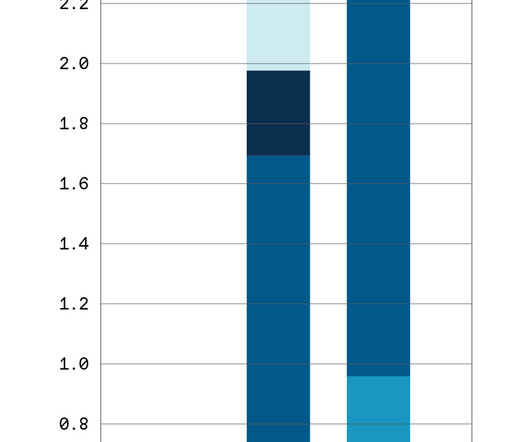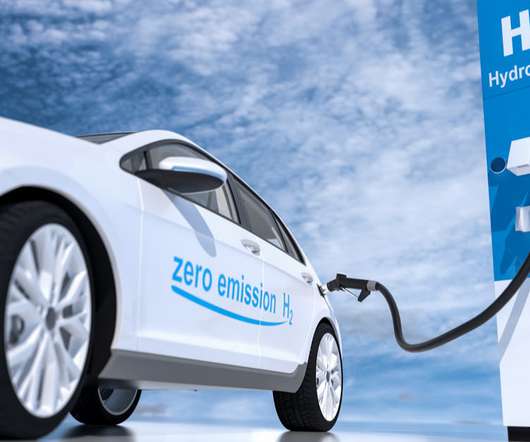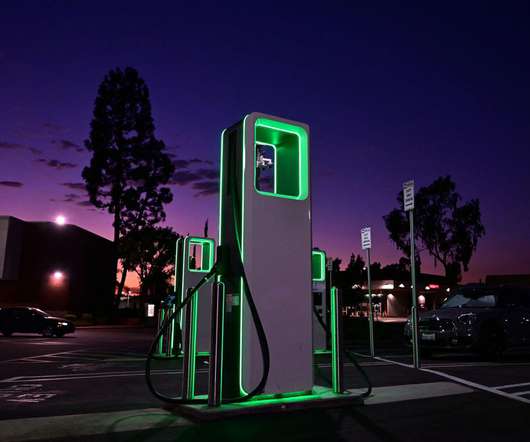The EV Transition Is Harder Than Anyone Thinks
Cars That Think
MARCH 28, 2023
EV owners should be urged to charge at night to save not only money and the power grid but “ the world ,” a news headline cries out. Not so fast, exclaim researchers at Stanford University, who state that charging EVs during the day is actually cheaper, better for the grid, and healthier for the environment. Join the crowd.












Let's personalize your content